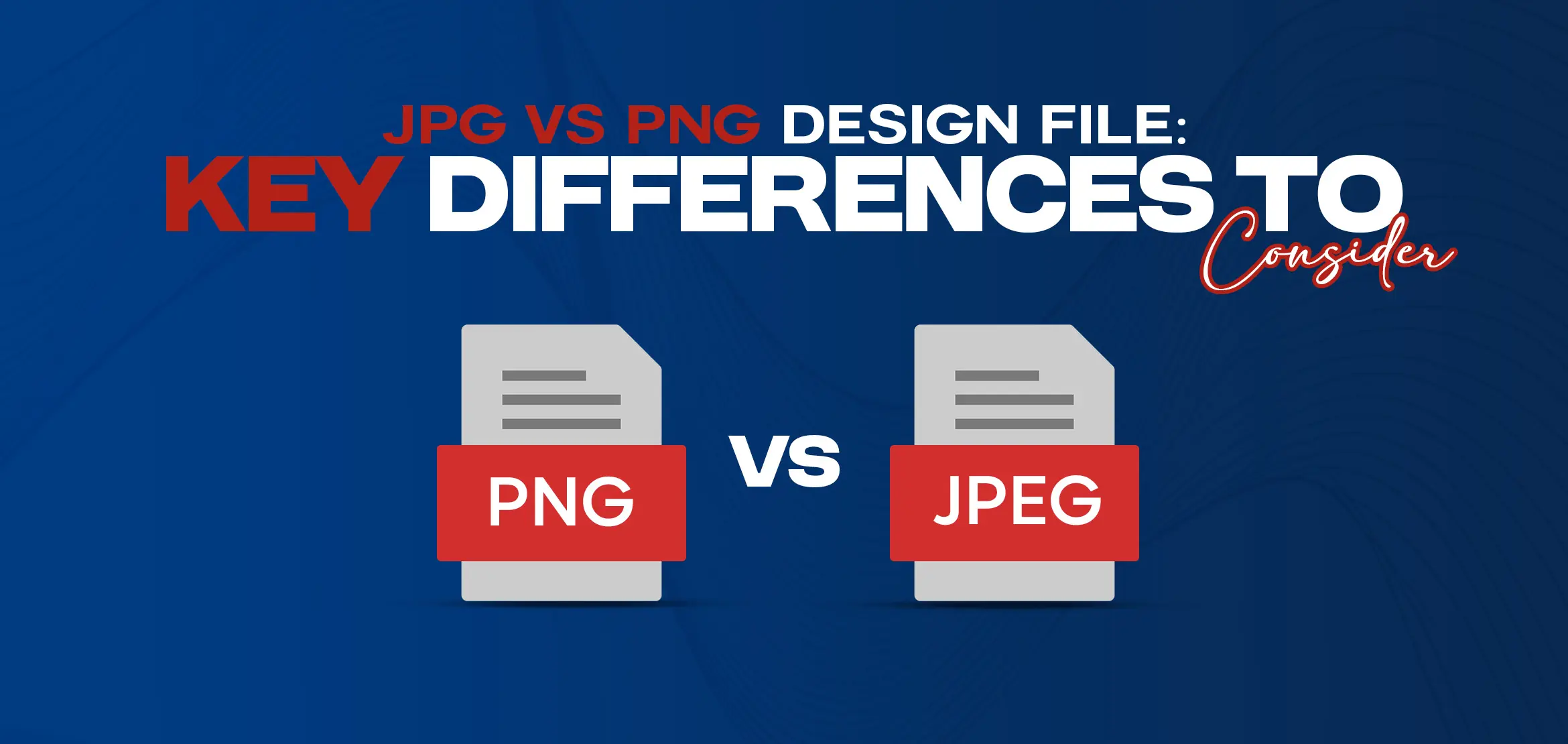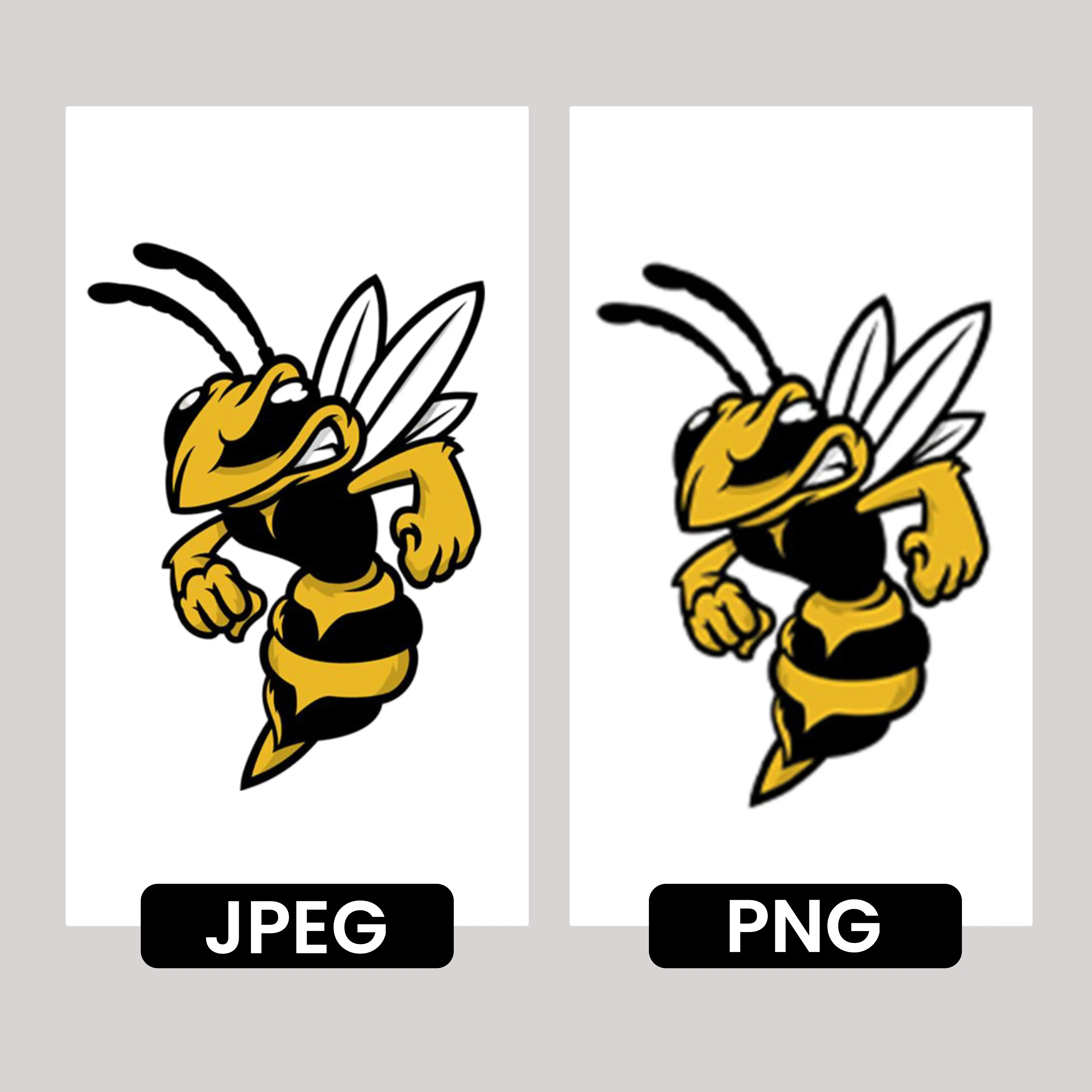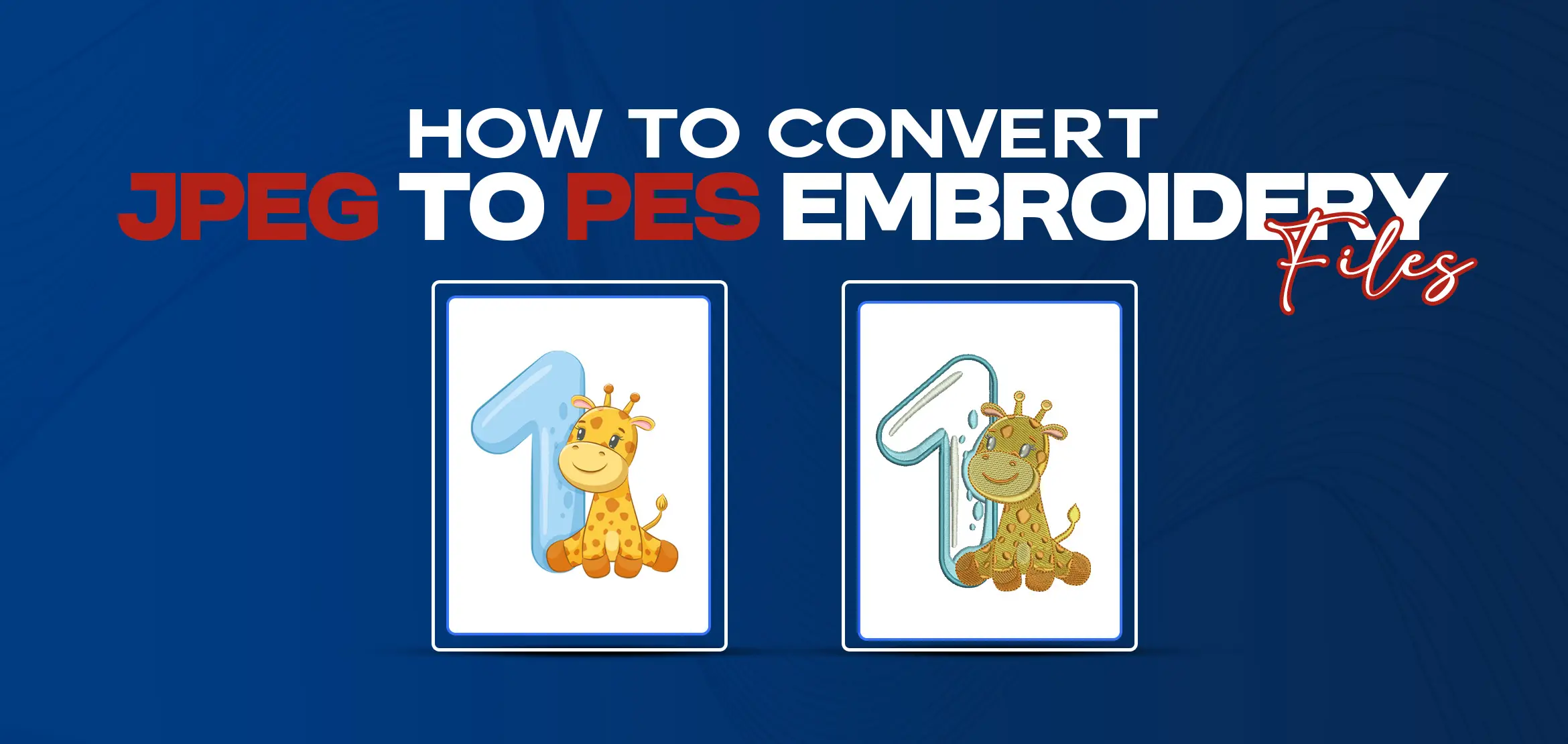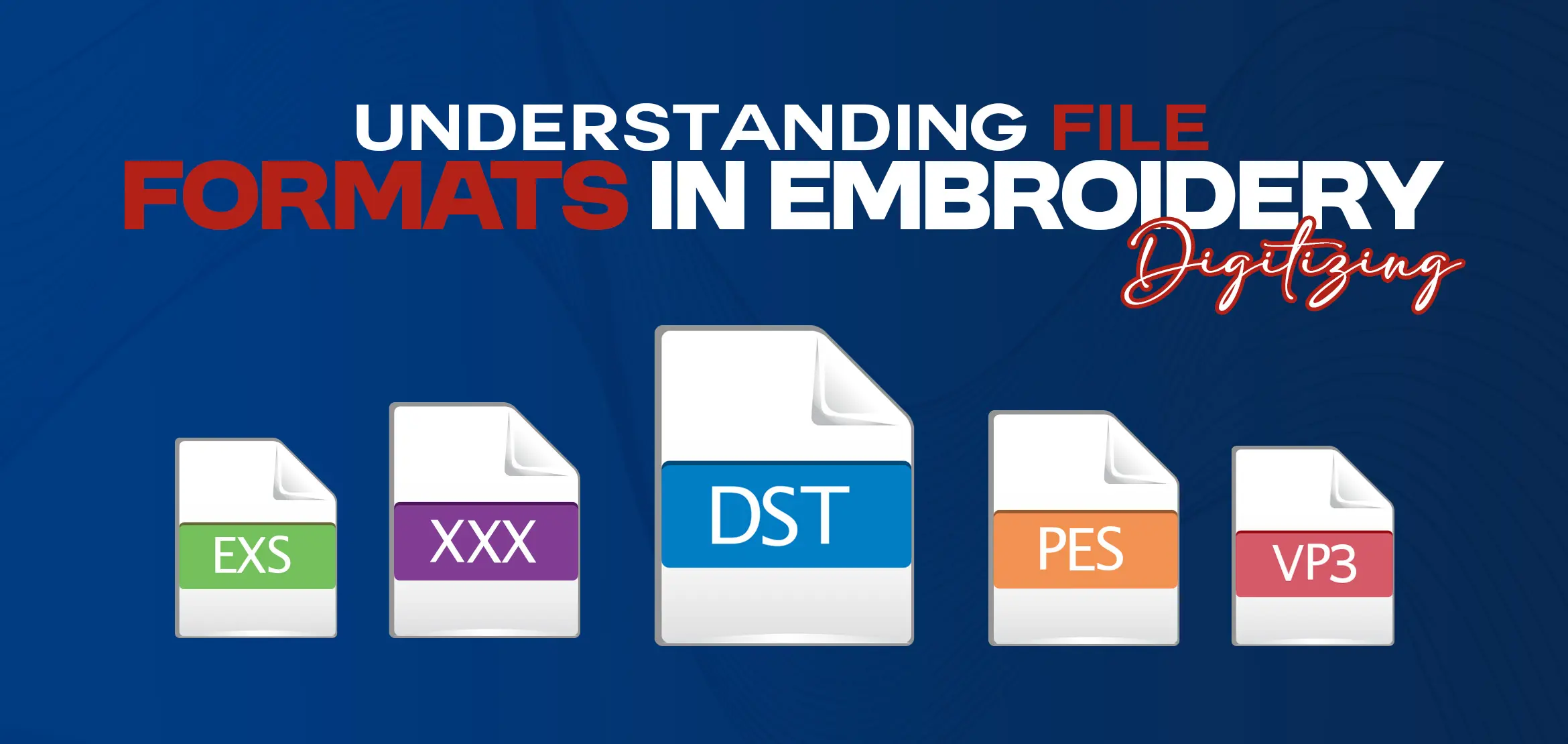
JPG Vs PNG Design File: Key Differences to Consider
Table Of Content
- 1. Compression and File Size
- JPG: Lossy Compression
- PNG: Lossless Compression
- 2. Transparency Support
- JPG: No Transparency
- PNG: Full Transparency
- 3. Color Depth and Image Quality
- JPG: Suitable for Photographs
- PNG: Perfect for Graphics and Text
- 4. Use Cases
- JPG: Best for Web and Social Media
- PNG: Ideal for Design and Print
- 5- Compatibility
- 6- Performance Considerations
- Conclusion: Choosing the Right Format
The selection of the right file is key as it impacts the quality and effectiveness of your designs. There are a number of file formats, and choosing the most suitable is a time-consuming task. Out of myriad file formats, JPG and PNG are the most suitable and popular choices. Each file format is different, and selecting the most appropriate as per your design requirement is the most crucial task.
This blog will help you choose the most suitable file format. Please stay connected with us to learn more about file formats and their impact on the final results. JPEG (Joint Photographic Experts Group) files deploy lossy compression, which diminishes the file size by irrecoverably discarding certain information about the image. This leads to smaller file sizes, which is why JPGs are good for the web, where rapid image loading is necessary. However, due to such compression, there might also be a loss in quality, particularly after repeated editing and saving. PNGs use lossless compression, which does not lose any data when compressed and maintains the original quality. As a result, PNG files are much more extensive than JPGs, but they are ideal for images where high quality is required, or details are crucial, like logos and illustrations. One major limitation of JPG files is that they do not support transparency. They cannot handle transparent backgrounds, which can be frustrating when trying to layer images or working with non-rectangular logos and graphics. The PNG format supports transparency, so designers can save images with a transparent background. This format is also used for web design, as pictures on a website often require dropping into variable backgrounds. PNGs can support different degrees of transparency, from entirely opaque to utterly transparent, making them more flexible and, hence, better options for design. The JPG format suits photographs and complexly coloured images, including gradients. Because they support millions of colours, JPGs are perfect for realistic views. However, this lossy compression may develop certain artefacts and reduce the quality of the image, especially in high-resolution photos. The PNG file format is good at maintaining graphics, text, and images with sharp edges and solid colours. It supports higher colour depth, making it ideal for detailed illustrations, logos, and text-heavy images that require clarity. The lossless compression means no quality is ever lost in editing and saving a file as many times as one wishes. Due to their smaller file sizes and acceptable quality, they are widely used in web pages, social media, and email marketing. They are perfect for photographs, product images, and any content that needs a small file size rather than perfect image quality. PNGs are the file format designers always use in projects requiring high-quality images, such as logos, icons, and illustrations. Their transparency option makes them irreplaceable in web design, while lossless compression allows you to see your printing sharp and bright. JPG and PNG formats are widely supported across different platforms, browsers, and design software. However, PNG has an evident advantage over other formats in web and graphic design, with the support for transparency when transparent backgrounds are needed for layering images. File size plays a critical role in the performance of your website or application. JPG: Their file size is smaller owing to lossy compression; hence, page loading with such files goes faster when placed on the website, which can boost the user's experience, particularly for people using mobile or visitors with not-so-fast Internet. If there are a lot of images or photos on your website, using JPG will help lessen the server load and increase its speed. PNG: While PNG offers superior quality, the larger file sizes can slow down website performance, especially for larger images or multiple files. In cases where the image is small, or quality is a priority, for example, logos or icons, the performance hit is usually negligible. This can be improved with optimization techniques for PNG files using compression or resizing tools. To sum up, choosing between JPG and PNG depends heavily on specific needs and the context in which embroidery will be used. JPG is suitable for photographs and web images where fickle size is a priority. PNG is ideal for superior quality and transparency. It suits graphics, logos, and any design work that demands high fidelity. With a nuanced understanding of these, you can make informed decisions and choose the correct file format for your project, ensuring your design always looks appealing.1. Compression and File Size

JPG: Lossy Compression
PNG: Lossless Compression
2. Transparency Support
JPG: No Transparency
PNG: Full Transparency
3. Color Depth and Image Quality
JPG: Suitable for Photographs
PNG: Perfect for Graphics and Text
4. Use Cases
JPG: Best for Web and Social Media
PNG: Ideal for Design and Print
5- Compatibility
6- Performance Considerations
Conclusion: Choosing the Right Format

